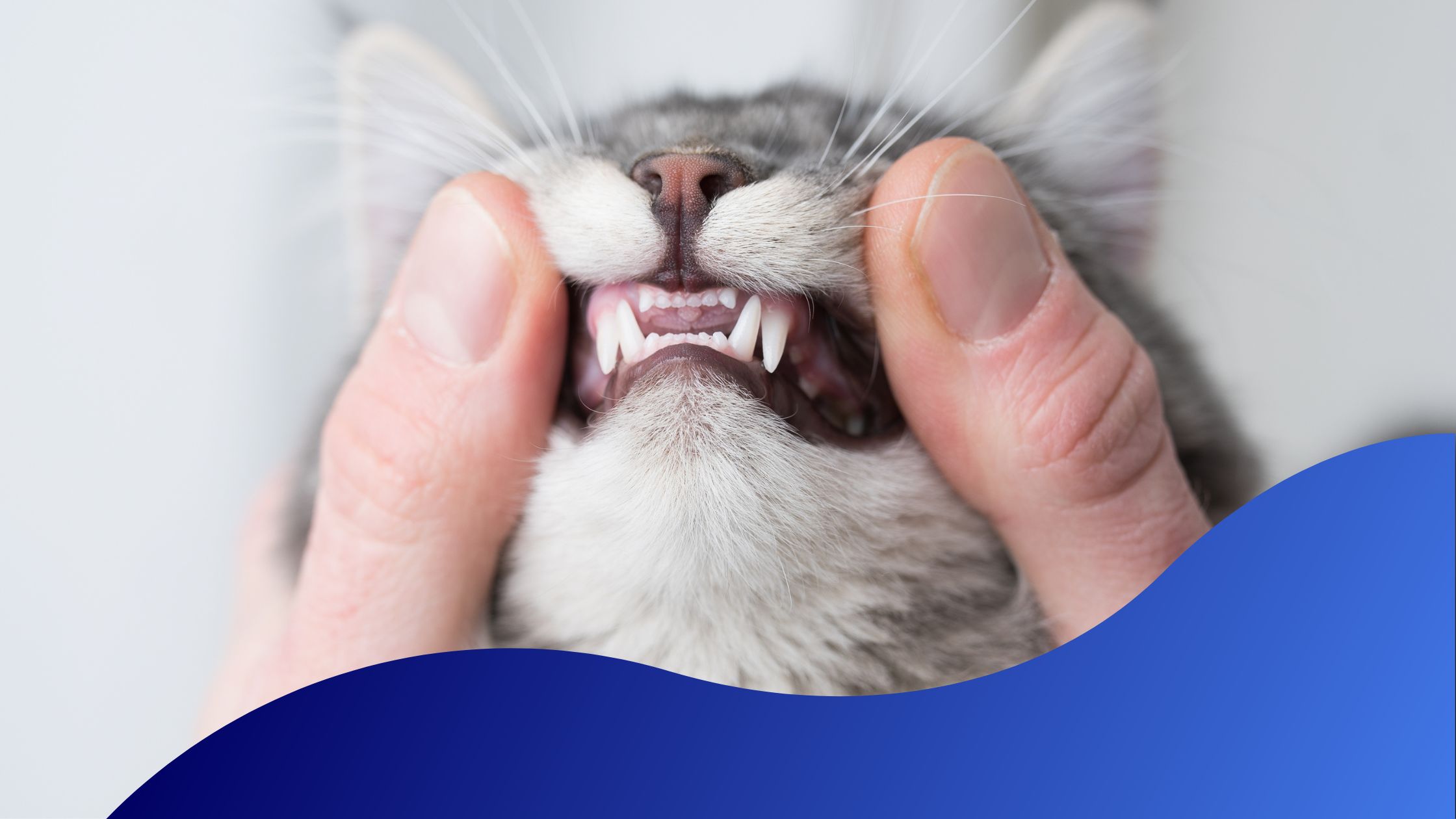Diseases of the teeth and gums are common in cats. Studies report that between 50 and 90% of cats older than four years of age suffer from some form of dental disease, but fortunately, the most common forms of these diseases are largely preventable or treatable with appropriate preventive dental care and monitoring.
Dental disease is one of the most common medical conditions seen by veterinarians. More than half of all cats over the age of three have some form of dental disease. The most common problems are gingivitis, periodontal disease and tooth resorption.
Let’s take a deep drive into what these diseases are and how they can impact our cat’s life.
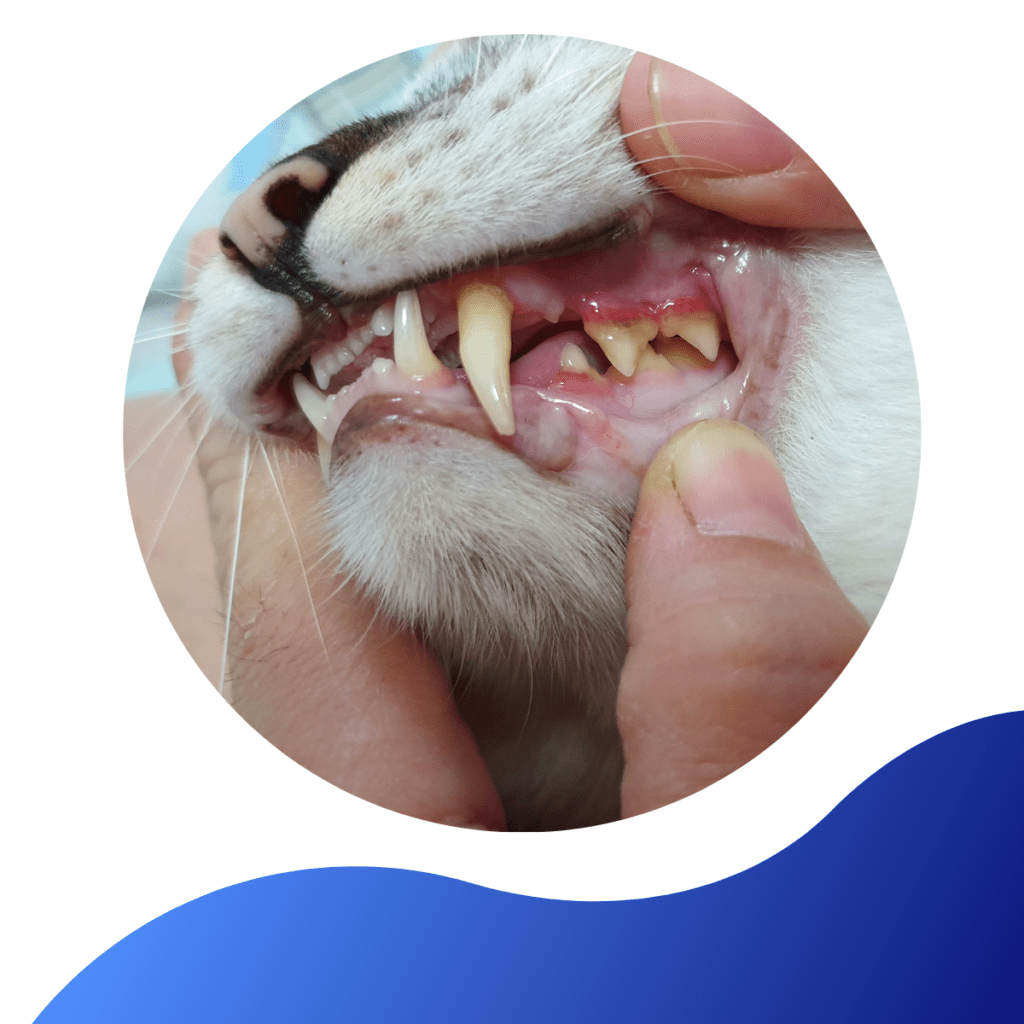
Gingivitis & Stomatitis (Inflamed Gum Disease)
They are terms denoting inflammation of specific tissues. Gingivitis refers to inflammation of the gingiva (the gums). Gingivitis is the earliest stage of periodontal disease.
Stomatitis refers to a more generalized inflammation, whereby most and possibly all of the oral tissues including the gums, tongue, inner surfaces of the lips, and/or the floor and roof of the mouth are affected.
What causes gingivitis and stomatitis?
Gingivitis is usually caused by a bacterial infection of plaque on the teeth and is often associated with poor oral hygiene. When bacteria come into contact with the gum line and can even get into the space between the gum line and the teeth(called the gingival sulcus), they trigger an inflammatory response. If left untreated, a bacterial gum line infection can lead to loss of tooth support (periodontal disease).
The cause of stomatitis is unknown. It can be caused by a hyperimmune response (overreaction) of the oral tissues to bacterial plaque.

Periodontitis
Periodontal disease is a term used to describe infection and inflammation related to the periodontal (tissue surrounding teeth). Four tissues make up the periodontal: the gum, the cementum (covering the root surface), the periodontal ligament (which attaches the root to the bone), and the alveolar bone.
Periodontal disease begins with gingivitis (inflamed gums in the early stages).
Gingivitis is the result of plaque (bacterial mucosa) that builds up on the surface of the teeth and comes into contact with the gum line.
What causes periodontitis?
Cat periodontal disease can be caused by a variety of factors, but is most commonly associated with bacterial infection. Bacteria under the gumline lead to pain and inflammation of the tissue. There may also be a relationship between having a history of calicivirus infection and severe gingivitis.
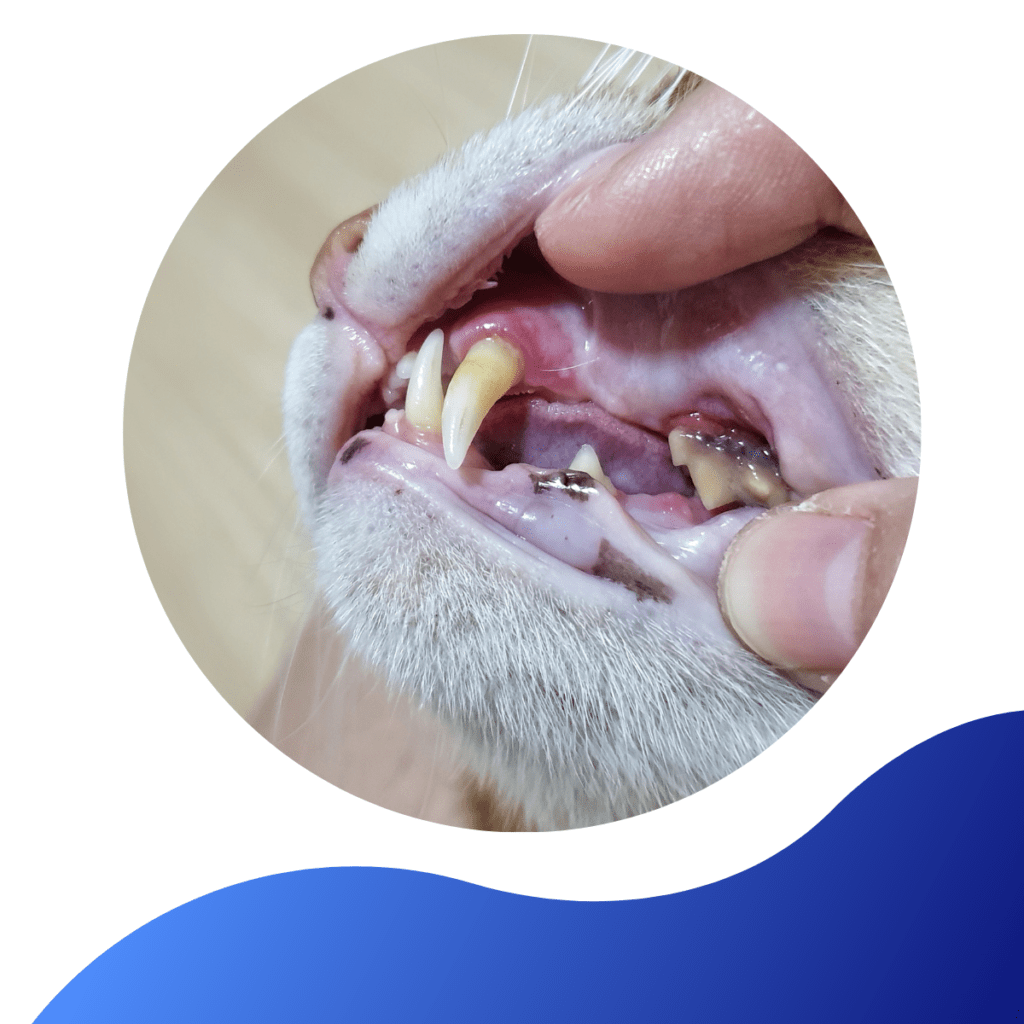
Tooth Resorption
Resorption is the gradual destruction of the tooth (crown and root), resulting in slowly progressive “holes” in the affected tooth.
When sensitive parts of the tooth are exposed, these lesions become extremely painful and the only humane and effective treatment is extraction.
Although the cause of this disease is unknown, poor oral hygiene may play a role in the disease process.
What causes tooth resorption?
The exact cause of tooth resorption is still largely unknown. Some researchers suggest that infection or inflammation from periodontal disease may lead to the movement of odontoclastic cells into the area. Others maintain that diet plays a role in causing these lesions.
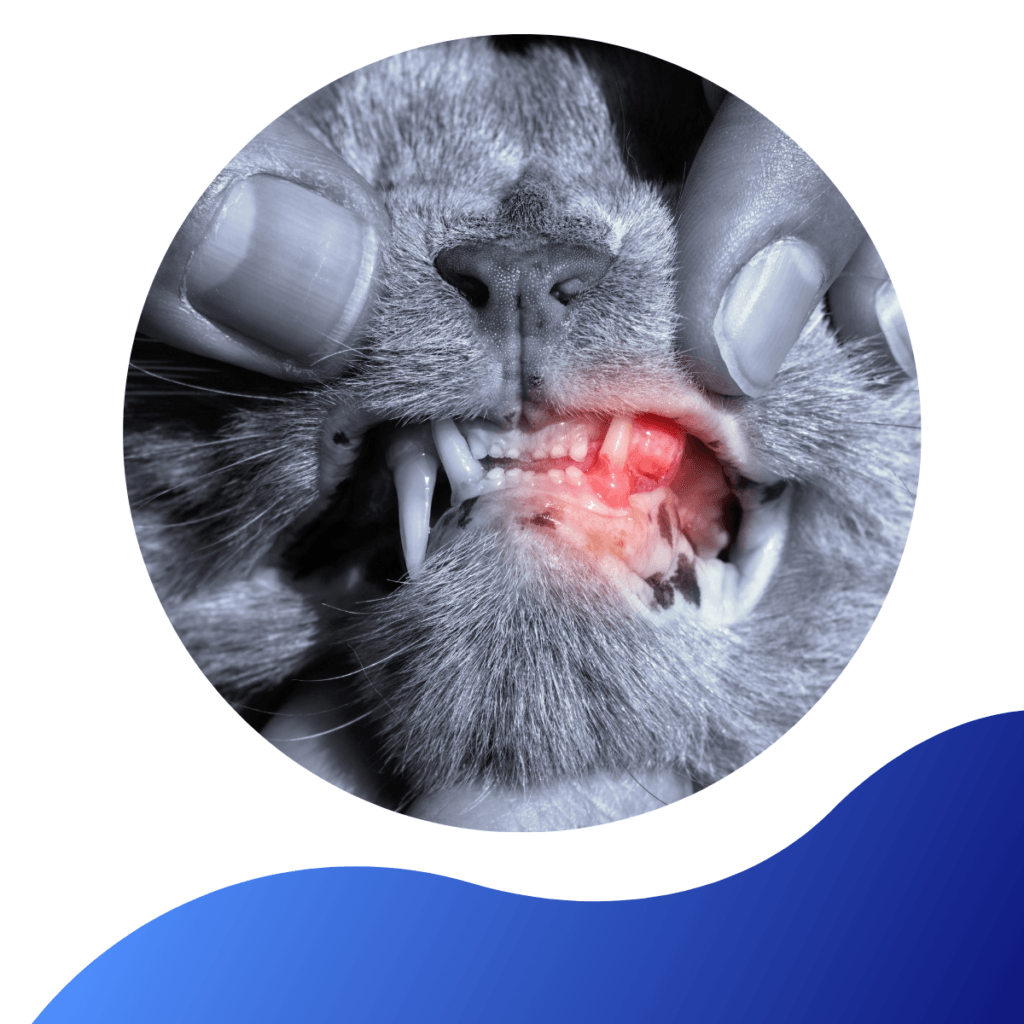
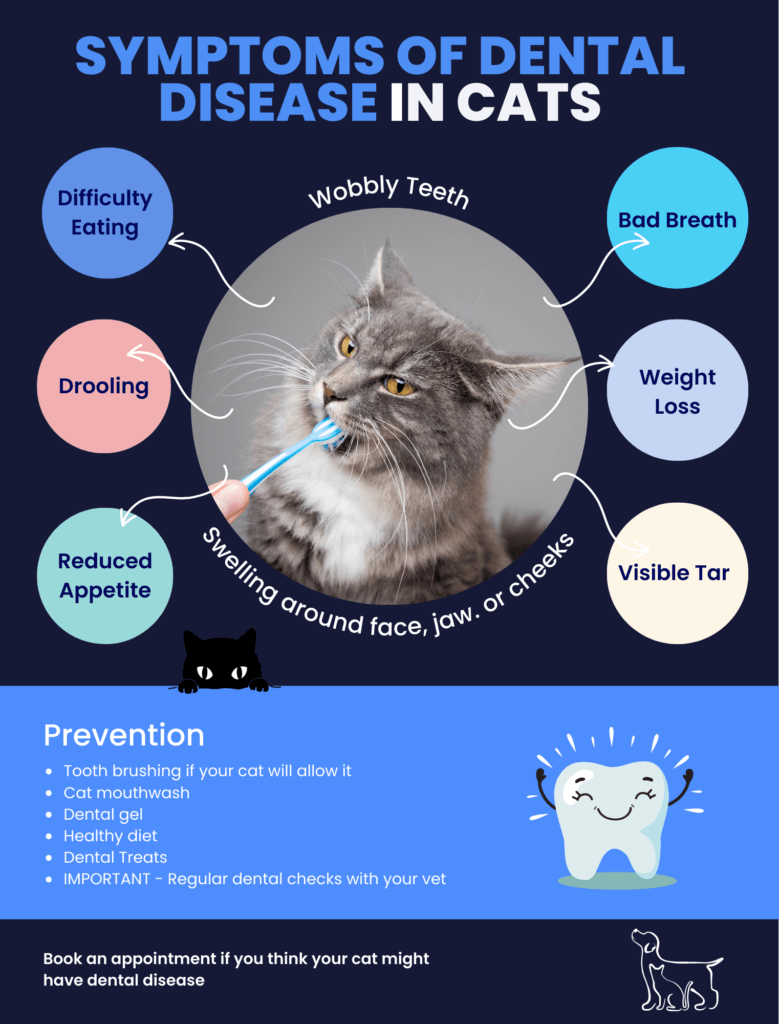
If your cat is showing signs of dental disease or you have some concerns please don’t hesitate to contact us.
Thanks for reading, until next time…

